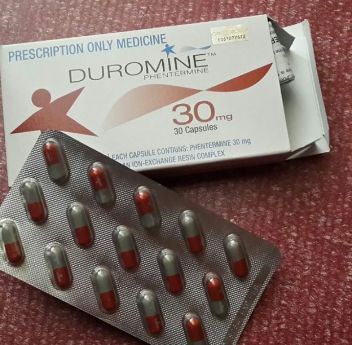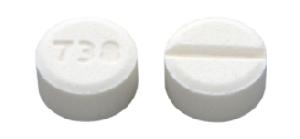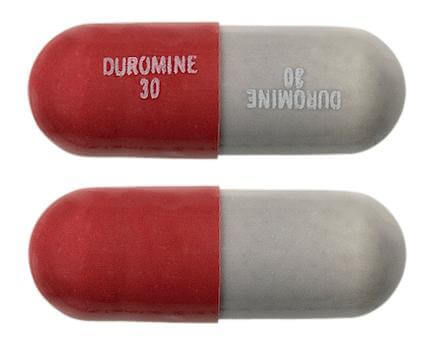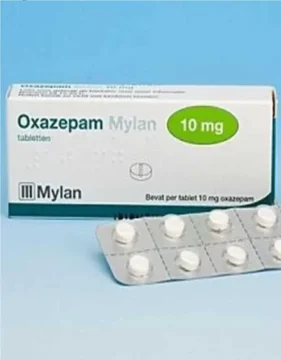- You have no items in your shopping cart
- Continue Shopping
Vyvanse (Lisdexamfetamine) is a prescription medication widely recognized for its effectiveness in treating attention deficit hyperactivity disorder (ADHD) and moderate to severe binge eating disorder (BED). The 50mg dosage of Vyvanse is commonly prescribed to manage these conditions, offering patients improved focus, cognitive control, and impulse management. A key aspect of understanding how Vyvanse works is its pharmacokinetics, specifically the concept of its half-life.
Shop Now: buy duromine online
What is the Half-Life of 50mg Vyvanse?
The term “half-life” refers to the amount of time it takes for the concentration of a drug in the bloodstream to reduce by half. For Vyvanse, which is a prodrug, the half-life is determined by the breakdown of the active ingredient, dextroamphetamine. Once Vyvanse is ingested, it is converted into dextroamphetamine in the bloodstream, which is responsible for the therapeutic effects.
In general, the half-life of 50mg Vyvanse is approximately 10 to 13 hours. However, this can vary based on individual factors such as metabolism, age, weight, and overall health. This extended half-life makes Vyvanse a long-acting medication, ensuring that it delivers consistent effects throughout the day. Unlike short-acting stimulant medications that may require multiple doses, the 50mg dosage of Vyvanse is designed to be taken once in the morning, with effects lasting up to 14 hours for most patients.
Why is Understanding the Half-Life Important?
The half-life of Vyvanse is crucial for several reasons:
- Consistency of Symptom Control: Knowing the half-life helps both patients and healthcare providers understand how long the medication will remain active. With a half-life of 10 to 13 hours, Vyvanse provides sustained symptom control, making it a good option for those who need all-day relief from ADHD symptoms.
- Predicting Onset and Duration: While the effects of 50mg Vyvanse typically start within 1 to 2 hours after ingestion, the half-life indicates how long those effects will last. This can help patients plan their day and anticipate when they might experience a decline in the medication’s benefits.
- Minimizing Side Effects: The extended half-life reduces the likelihood of sudden spikes or crashes in the medication’s effects, which is often a concern with shorter-acting stimulants. This helps minimize side effects such as irritability, restlessness, or the “crash” that can occur when the medication wears off.
- Timing Adjustments: In some cases, understanding the half-life can be useful for adjusting dosage timing. If patients experience difficulty sleeping, healthcare providers may consider whether the 50mg dosage or the time of administration could be influencing these effects, as the medication’s presence in the body can linger for several hours.
Factors Influencing the Half-Life of 50mg Vyvanse
While the average half-life of 50mg Vyvanse is 10 to 13 hours, this can vary due to several factors:
- Metabolism: Individuals with faster metabolic rates may process the drug more quickly, leading to a shorter half-life. Conversely, those with slower metabolisms may experience a longer half-life.
- Age and Health: Older adults or those with liver impairments may metabolize Vyvanse differently, affecting its half-life. It’s important for these individuals to consult with their healthcare provider to ensure the appropriate dosage and timing.
- Weight: Body weight and body mass can also influence how quickly Vyvanse is metabolized, though the differences may not be significant for most users.
Safety and Considerations
Understanding the half-life of 50mg Vyvanse is important not just for managing symptoms but also for ensuring safe usage. Since Vyvanse is a stimulant, it has a potential for abuse, and taking it more frequently than prescribed can increase the risk of dependency. The extended half-life provides long-lasting effects, reducing the need for additional doses, which helps in minimizing misuse.
It’s also important to note that while Vyvanse remains in the system for an extended period, the drug’s effects typically taper off gradually, meaning that by the end of the day, most patients experience a return to their baseline state without a sudden drop in medication levels.
Conclusion
The half-life of 50mg Vyvanse plays a critical role in its effectiveness as a long-acting stimulant medication for ADHD and BED. With an average half-life of 10 to 13 hours, this medication offers sustained symptom control throughout the day, reducing the need for multiple doses and minimizing the risk of abrupt crashes in effectiveness. By understanding how long Vyvanse stays active in the body, patients can better manage their treatment and work with healthcare providers to optimize their dosage and timing.




